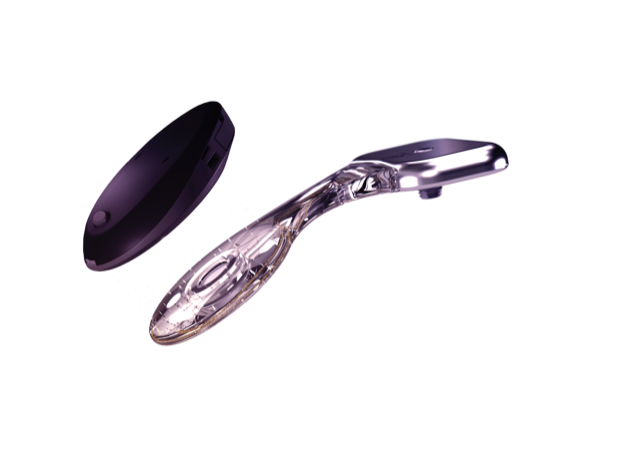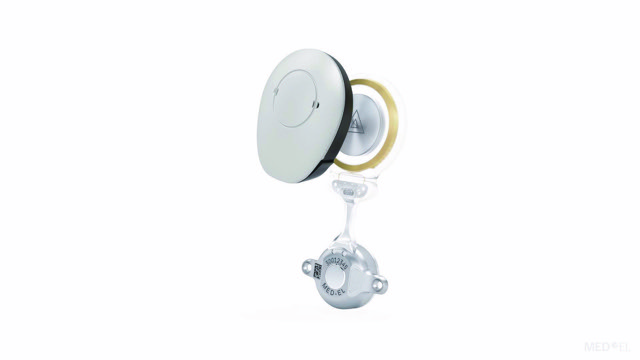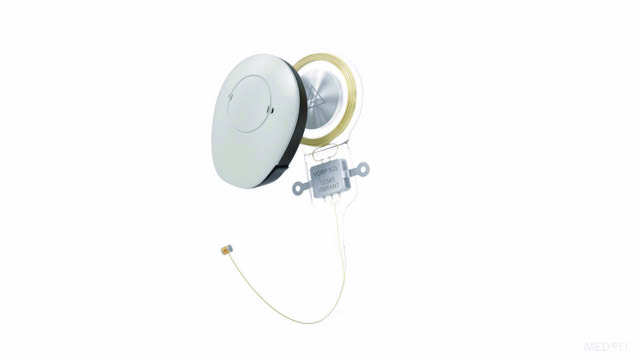Hearing Rehabilitation
Middle Ear Reconstruction
If the necessary anatomical prerequisites exist, the ear canal can be enlarged and the ear drum or middle ear can be reconstructed. Autologous materials (the patient’s own cartilage or tissue) and titanium implants are used for this. In this way we can restore the transmission of sound which was previously blocked. The anatomical prerequisites are checked using a CT scan. The necessary prerequisites include, among others, an existing ear canal, even if it is narrow with a malformed middle ear. Completely blocked ear canals can likewise be reconstructed. The results here, however, are often unsatisfactory in the long term.
Bone Conduction Implants
Common to all bone conduction implants is that they convert sound into vibrations (using a so-called signal transducer) and transmit them to the skull bone. The skull bone then transmits the vibrations to the intact inner ear. Sound is always transmitted to both ears, so directional hearing, for example, is not possible as with true binaural hearing.
Hearing implants can be divided into different groups by their technical design. The surgical effort is low for all implants.
1st group (e.g. MED-EL Bonebridge®, COCHLEAR OSIA®)
Only the audio processor is located outside the body. The signal is delivered to the signal converter implanted in the skull bone. This converts it directly there into vibrations. These partially implantable, active bone conduction implants are the first choice for us.
2nd group (e.g. COCHLEAR Baha Attract®)
The hearing aid is also located outside the body with the signal transducer. However, the vibrations are transmitted through the intact skin by means of two magnets.
3rd group (e.g. COCHLEAR Baha®, OTICON Ponto®)
The hearing aid is located with the signal transducer outside the body and couples to the skull bone with a rigid coupling.


MED-EL Bonebridge®
Active Middle Ear Implants
The active middle ear implant is considered particularly effective. The prerequisite for implantation depends however on the severity of the malformation and the age of the patient.
Active middle ear implants convey sound directly to the intact inner ear. In this instance they are coupled to the stapes, the innermost of the little bones in the ear used for hearing known as the ossicles. Consequently, sound is only transmitted to the ear of the affected side and true binaural hearing is possible.
Active middle ear implants have an external audio processor which conveys a signal to the implanted signal transducer. The signal transducer is so small that there is room for it in the malformed middle ear (for example MED-EL Vibrant Soundbridge®).




